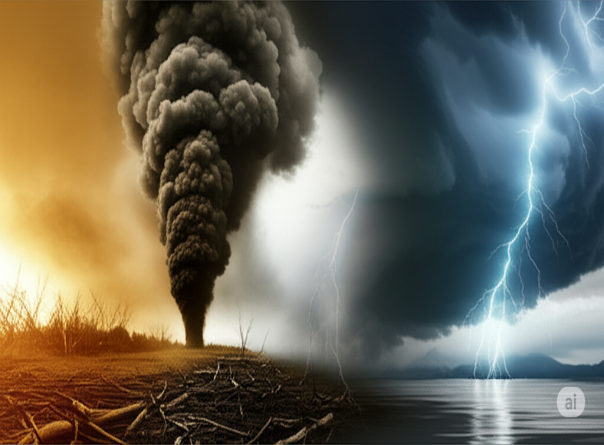
The Double Whammy: Environmental Hazards Fueling Extreme Climatic Conditions
Aug 30, 2025
3-4 min read
Environment
The Double Whammy: Environmental Hazards Fueling Extreme Climatic Conditions
Learn about Direct Fired Chiller | See VAM Product Page | CCHP Systems | Pump Solutions- Greenhouse Gas Emissions: The burning of fossil fuels for energy, industrial processes, and transportation releases massive amounts of greenhouse gases like carbon dioxide and methane into the atmosphere. These gases trap heat, leading to a rise in global temperatures.
- Deforestation: Forests act as crucial carbon sinks, absorbing carbon dioxide from the atmosphere. When forests are cleared for agriculture, urbanization, or logging, this stored carbon is released back into the atmosphere, further contributing to the greenhouse effect.
- Pollution (Air and Water): Air pollutants, beyond greenhouse gases, can also influence climate. Black carbon, a component of soot from incomplete combustion, absorbs sunlight and contributes to warming, especially when deposited on snow and ice, accelerating melting.
- Waste Management: Improper disposal of waste, especially organic waste in landfills, leads to the release of methane, a potent greenhouse gas. Growing urban centers like Lucknow face challenges in managing increasing waste, which can contribute to local environmental degradation and greenhouse gas emissions.
Hence, addressing these challenges requires concerted efforts from individuals, communities, and policymakers. Investing in cleaner technologies, promoting sustainable land use practices, and raising awareness about the interconnectedness of environmental hazards and extreme climate are vital steps towards building a more resilient and sustainable future.
